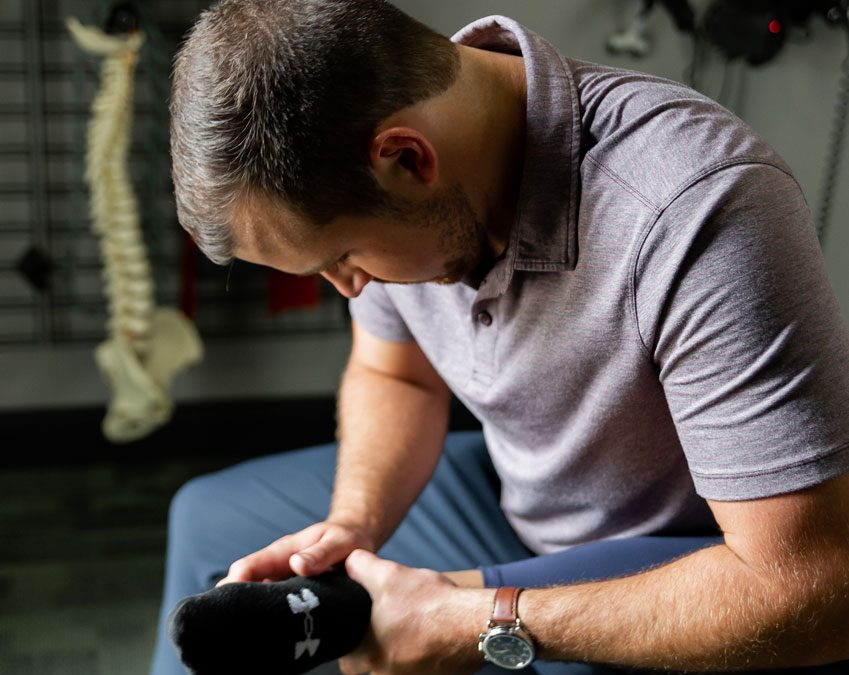HEEL PAIN? WHAT’S THE CAUSE?
After seeing a couple cases of Plantar Fasciitis these past couple weeks, I thought it would be worth explaining a little more about what it actually is. Specifically, I wanted to talk about other common issues that masquerade as plantar fasciitis, why some people develop plantar fasciitis, the symptoms associated with it, and how we can treat this common cause of heel pain.
WHAT IS IT PLANTAR FASCIITIS, AND IS IT REALLY FASCIITIS?
While Plantar Fasciitis is the most common cause of pain on the bottom of the heel, it is not always the culprit. Heel pain is also associated with other issues such as calcaneal heel spurs, calcaneal stress fractures, and tendinosis. So how do we actually tell if the pain is caused by the infamous plantar fasciitis? Well quite often, the pain will be worse with the first couple steps in the morning, and this pain will be sharp and stabbing-like. This often starts after long bouts of being less active! It is also very common for plantar fasciitis pain to be worse while walking on your forefoot or simply your toes. If the pain is not extremely bothersome during activity and only worse afterwards, it might be something different than just plantar fasciitis.
WHY DO SOME PEOPLE DEVELOP PLANTAR FASCIITIS?
The development of plantar fasciitis can be due to multiple reasons such as being older than 40 years of age, having tight calf musculature, having a tendency to strike with your heel when walking or running, being overweight, having a low foot arch, general weakness in your small foot muscles, or having a job were you are on your feet for long periods of time.
HOW DO WE TREAT PLANTAR FASCIITIS AND WHAT CAN YOU DO AT HOME?
Here in the office we will use chiropractic manipulation to induce movement into the foot, perform specifically tailored exercise to improve foot biomechanics, provide specific calf/foot stretches, along with prescribing night braces or even orthotics if severe enough. At home, patients can always continue performing calf stretches we provided them here in the office. Another great exercise patients can perform at home is big toe stretches with 10 second holds. According to the literature, this is an extremely effective way to deal with plantar fasciitis along with our in-office Treatment.
#MoveWell #LiveWell #MovmentisMedicine #chiropracticphysicians
WE CAN HELP:
If you feel like you’re having issues like this or something similar, call us today at 260-927-0581 or schedule an appointment online! There is no reason to live in pain. As always, we are here for you at ProActive Spine & Joint. Move well, live well: that’s what we want for our community and for you.
REFERENCES:
References: https://www.ncbi.nlm.nih.gov/pmc/articles/PMC4853481/

